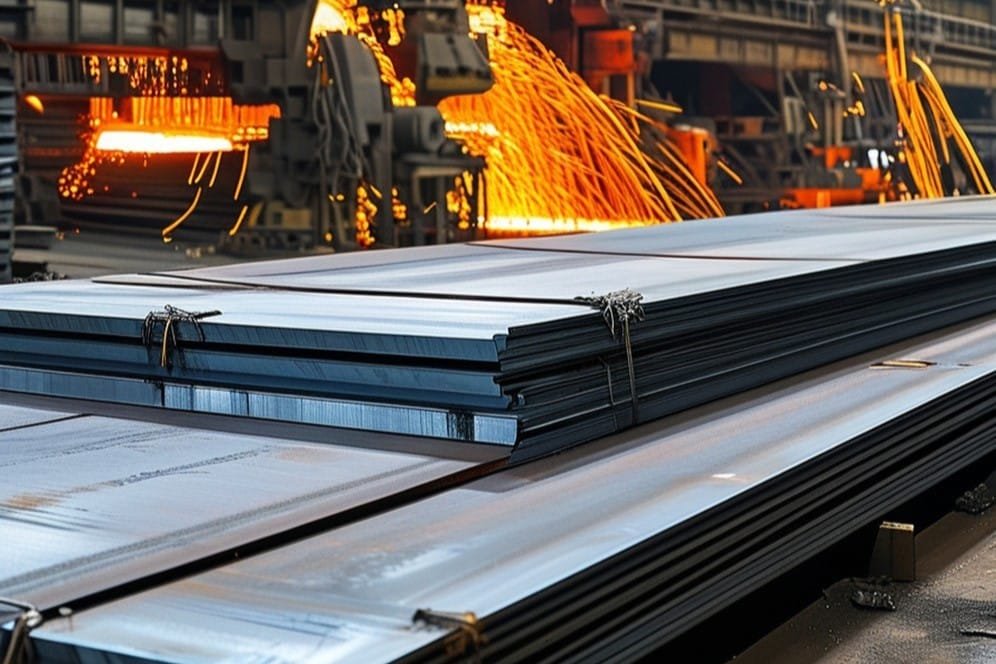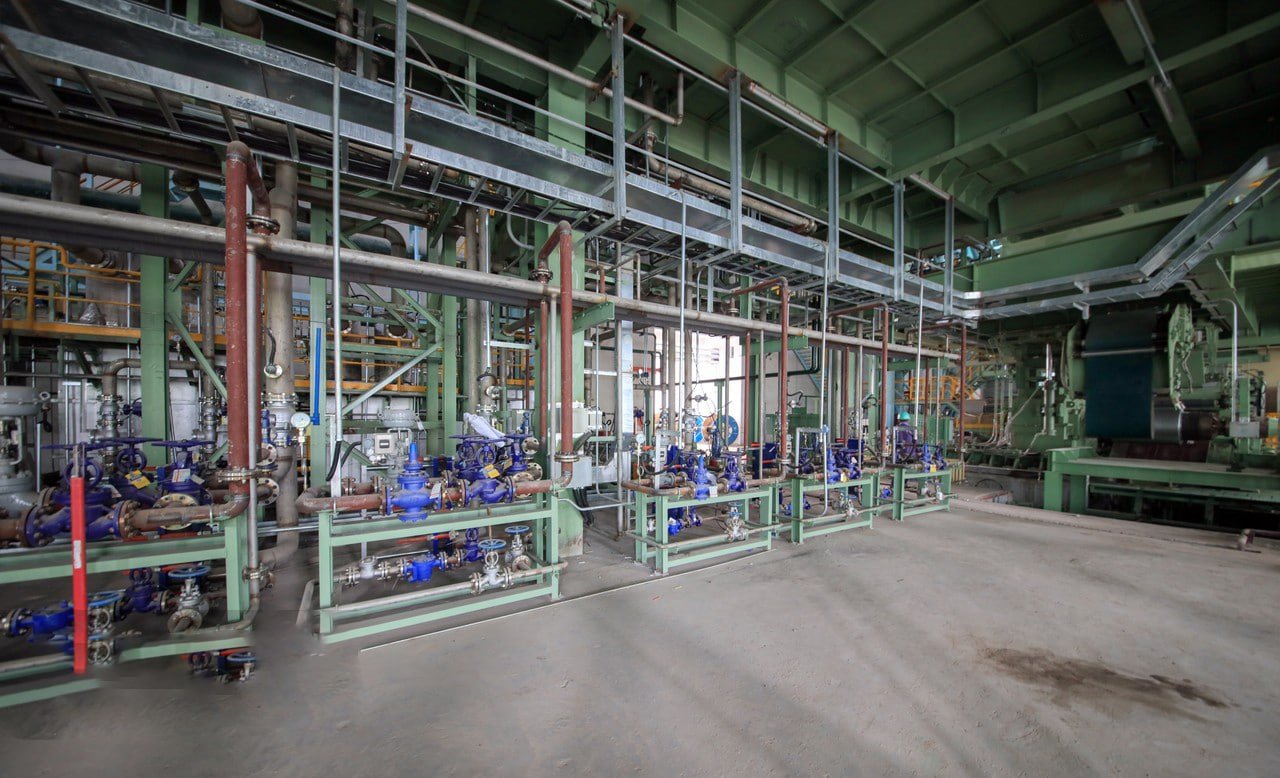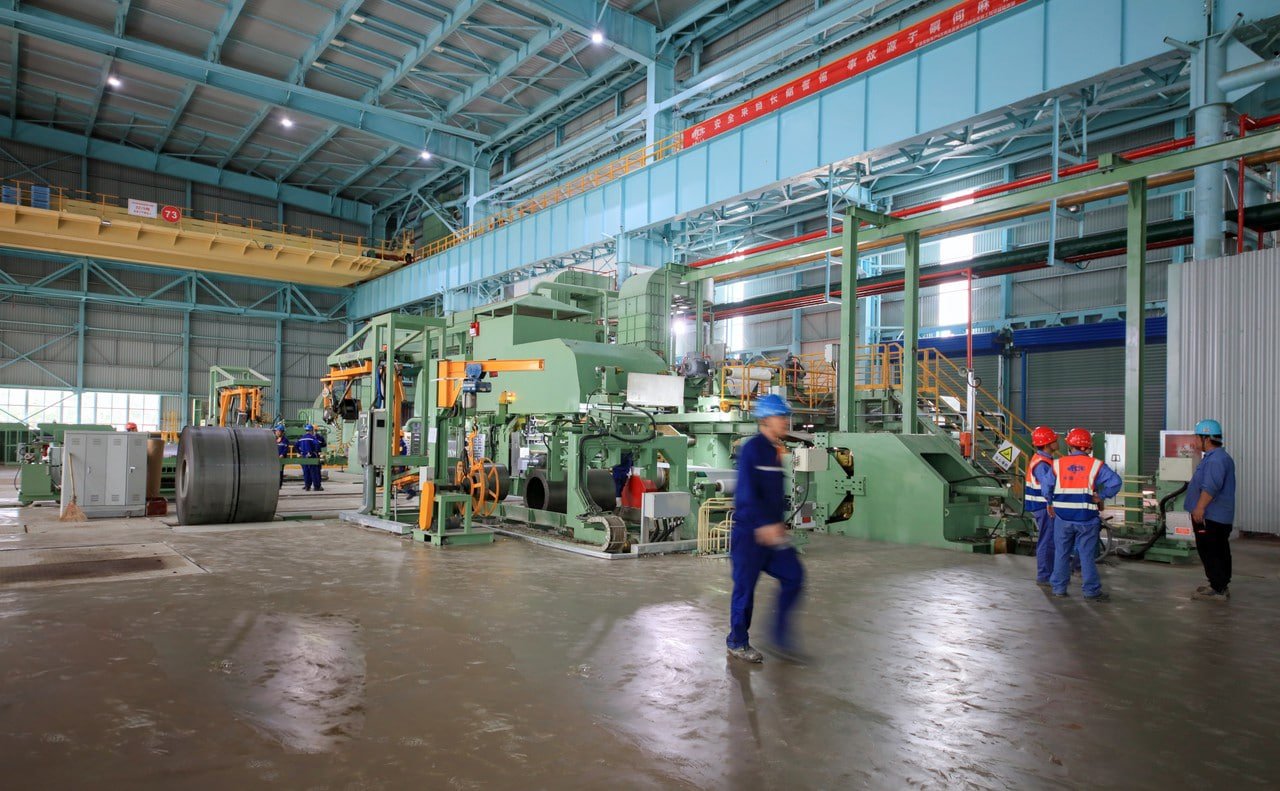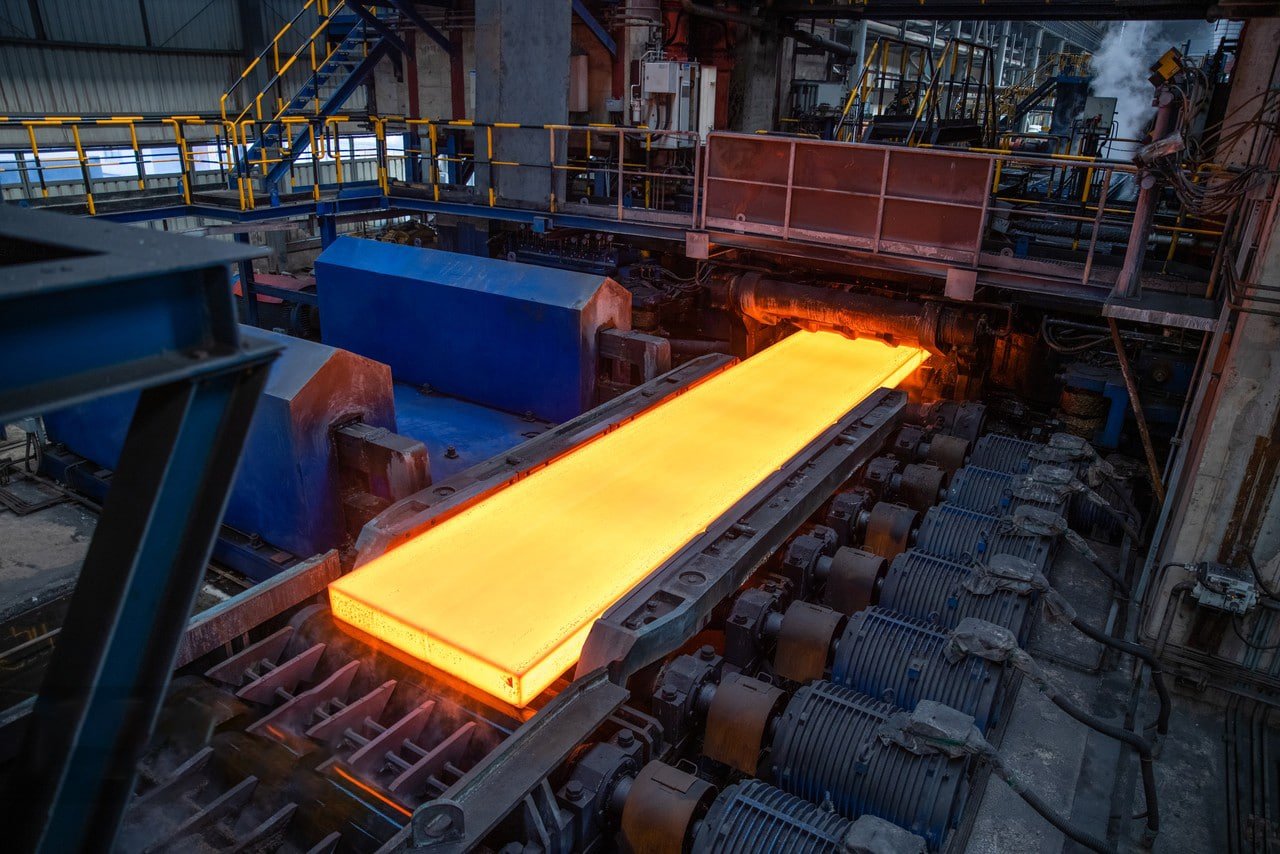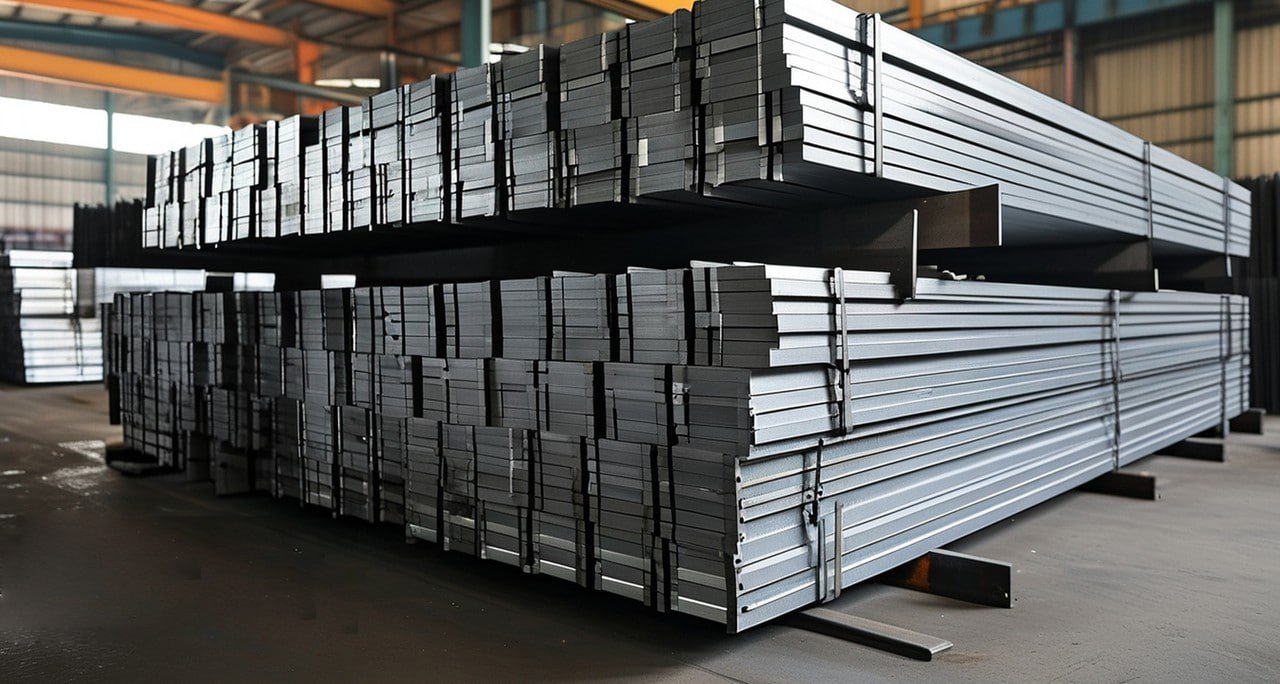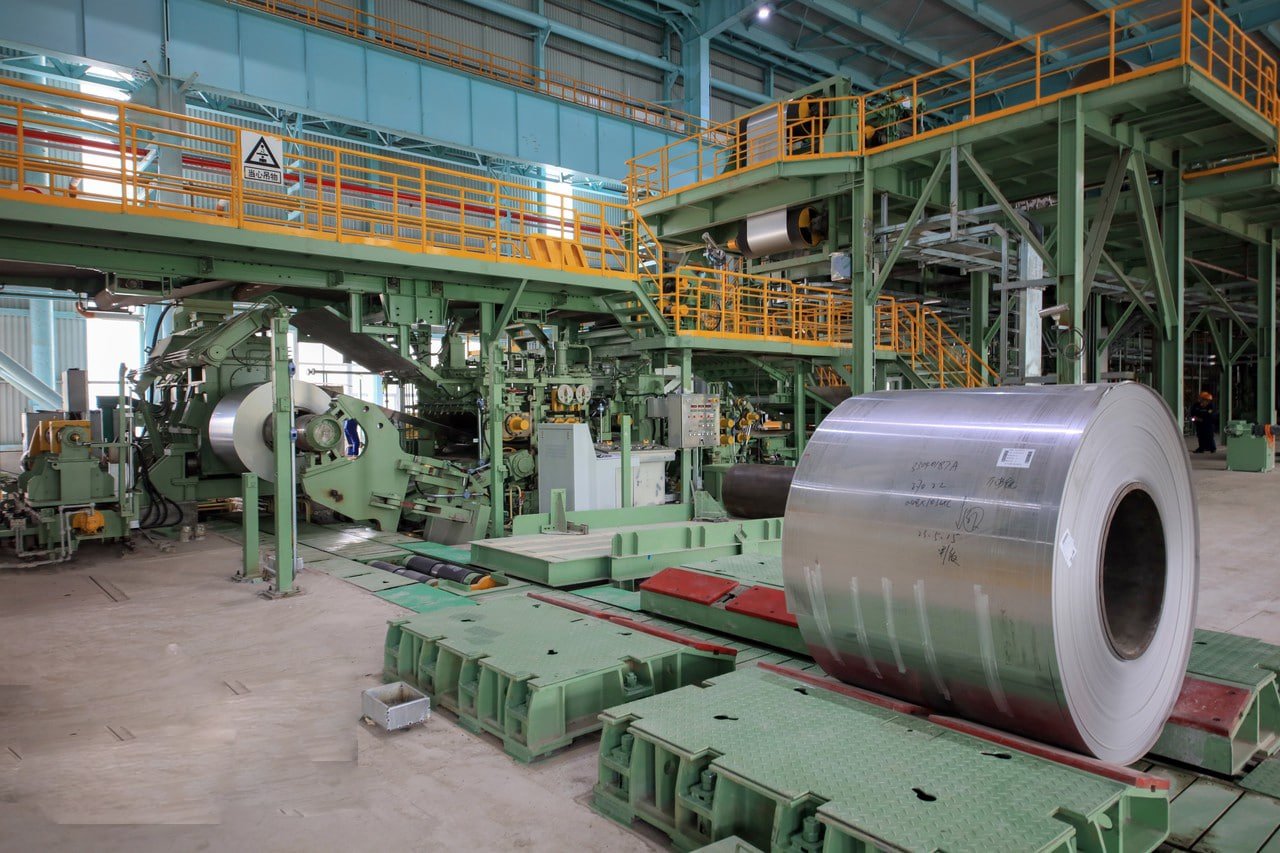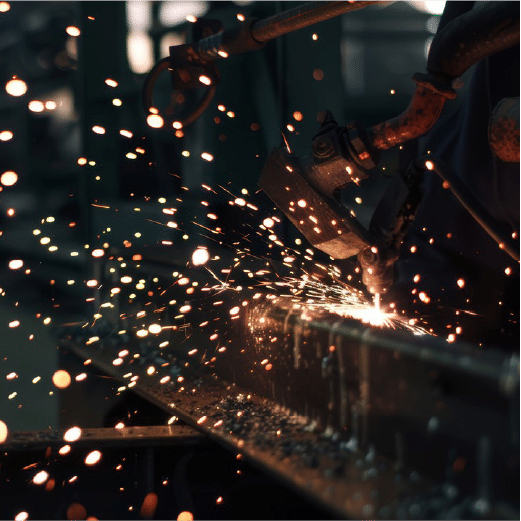
In my years of manufacturing stainless steel products, I've witnessed countless customers struggling with pipe failures due to inadequate material selection. The secret to superior performance often lies in one crucial element: nickel.
Nickel in stainless steel pipes acts as a game-changing element that enhances corrosion resistance, improves mechanical properties, and ensures structural stability across diverse applications, from chemical processing to marine environments.
As a manufacturer deeply involved in stainless steel production, I've seen how nickel content can make or break a project's success. Let me share my insights on why this element is absolutely critical for your stainless steel pipe applications, backed by real-world examples and scientific data.
The importance of nickel in stainless steel pipes extends far beyond basic corrosion resistance. Through my extensive experience working with global clients, I've observed how this versatile element transforms ordinary steel into an extraordinary engineering material, capable of withstanding extreme conditions while maintaining structural integrity.
How Does Nickel Improve Corrosion Resistance in Stainless Steel Pipes?
In my manufacturing facility, I've conducted numerous corrosion tests that consistently demonstrate one truth: nickel is the cornerstone of superior corrosion resistance in stainless steel pipes.
Nickel enhances corrosion resistance by stabilizing the passive oxide layer, providing up to 30% better protection against aggressive environments compared to non-nickel grades, particularly in chloride-rich conditions.
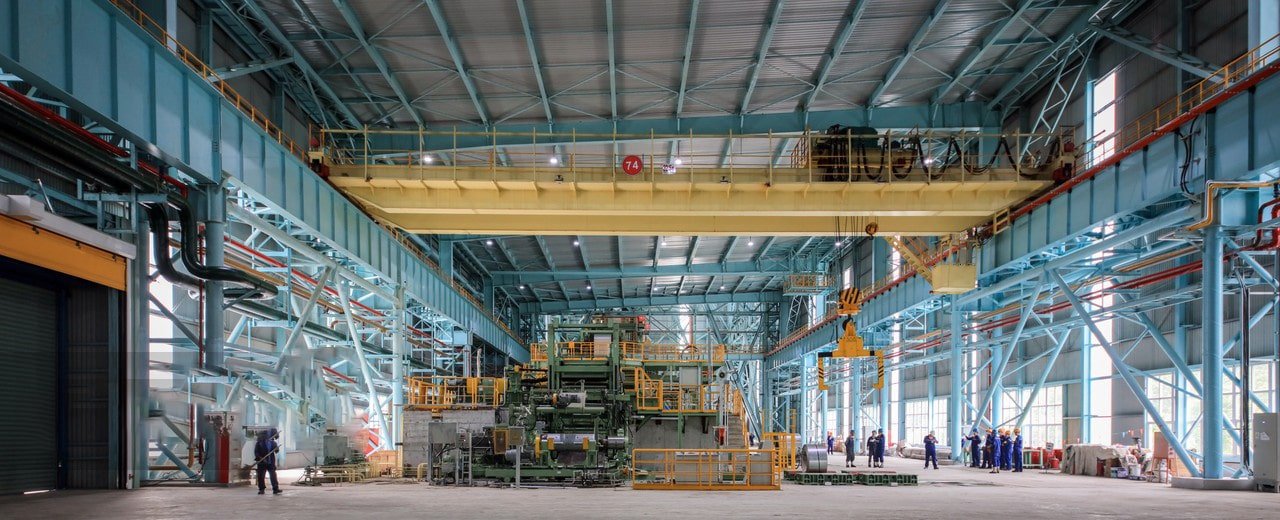
The Science Behind Nickel's Corrosion-Fighting Properties
My experience with various stainless steel grades has shown that nickel's role in corrosion resistance is multifaceted. Here's what our laboratory tests reveal:
| Nickel Content (%) | Chloride Resistance | Acid Resistance | Pitting Resistance Index |
|---|---|---|---|
| 0-2 (400 series) | Poor | Moderate | 24 |
Real-World Applications and Performance
Through our global projects, I've documented numerous success stories:
- Chemical Processing Plants: 316L pipes1 with 10-14% nickel showing 5x longer service life
- Coastal Installations: Enhanced resistance to saltwater corrosion
- Food Processing: Superior sanitary properties and chemical resistance
Industry-Specific Benefits
Based on our customer feedback and field studies, industries like marine applications require 10-14% nickel for optimal salt water resistance, while chemical processing benefits from 12-16% nickel content for superior acid resistance. Food and beverage industries typically find 8-10% nickel content provides the ideal balance of performance and cost.
What Role Does Nickel Play in Enhancing Ductility and Formability?
Through countless manufacturing cycles, I've observed how nickel content directly impacts our ability to form and shape stainless steel pipes without compromising structural integrity.
Nickel increases stainless steel's ductility by stabilizing the austenitic structure, allowing for up to 40% elongation before failure and enabling complex forming operations without material degradation.
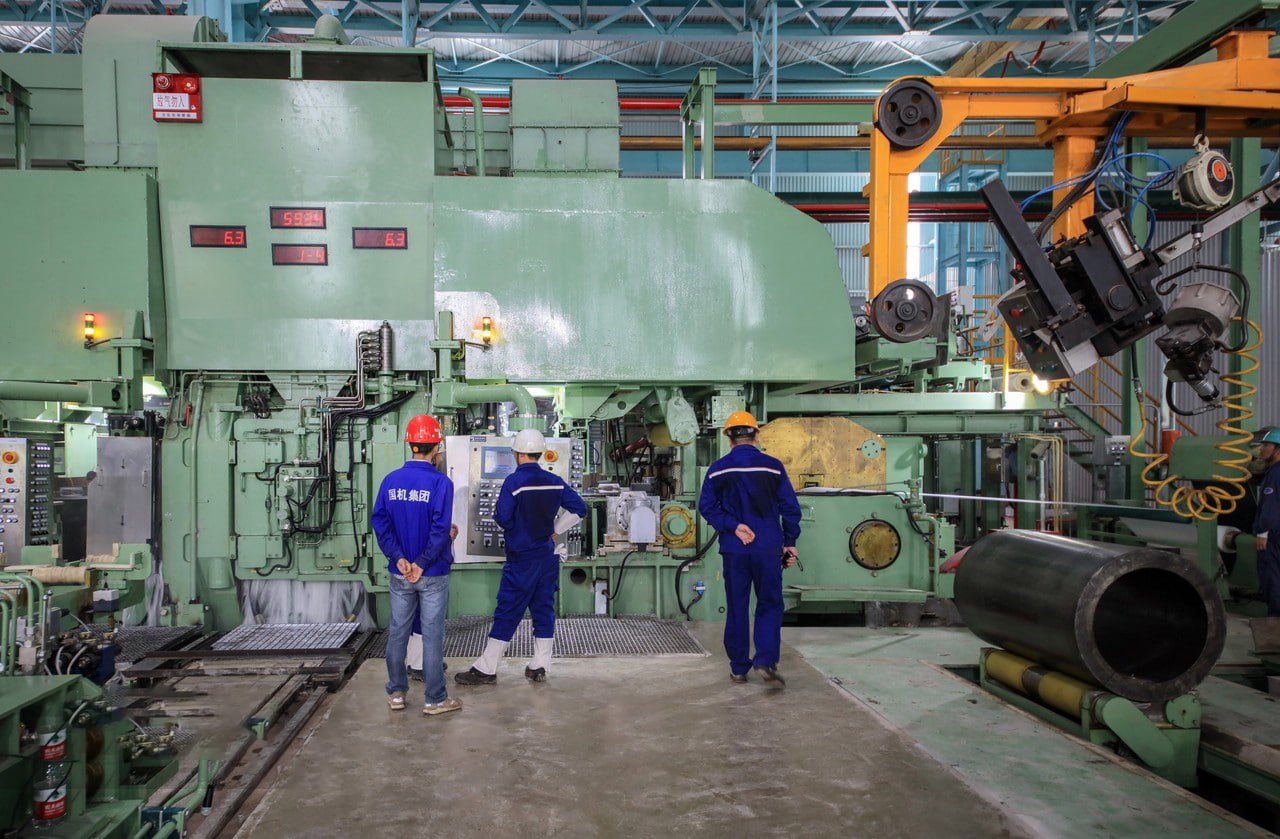
Impact on Manufacturing Processes
| Nickel Content | Elongation (%) | Forming Complexity |
|---|---|---|
| 0-2% | 20-25% | Limited |
| 8-10% | 30-35% | Moderate |
| >10% | 35-40% | Complex |
Material Performance Analysis
Our quality control data consistently shows:
- Improved grain structure stability
- Enhanced cold working capabilities
- Better resistance to work hardening
- Reduced risk of cracking during forming operations
Cost-Benefit Considerations
Through years of production experience, we've found that while higher nickel content increases initial material costs, it significantly reduces manufacturing defects and rework requirements, ultimately providing better value for complex applications.
How Does Nickel Contribute to the Strength and Heat Resistance of Stainless Steel Pipes?
Having tested thousands of pipe samples in our facility, I can confidently say that nickel's impact on strength and heat resistance is remarkable and often underappreciated.
Nickel enhances stainless steel pipes' strength and heat resistance by stabilizing the austenitic structure up to 1600°F (870°C), while increasing yield strength by 15-25% compared to non-nickel grades.
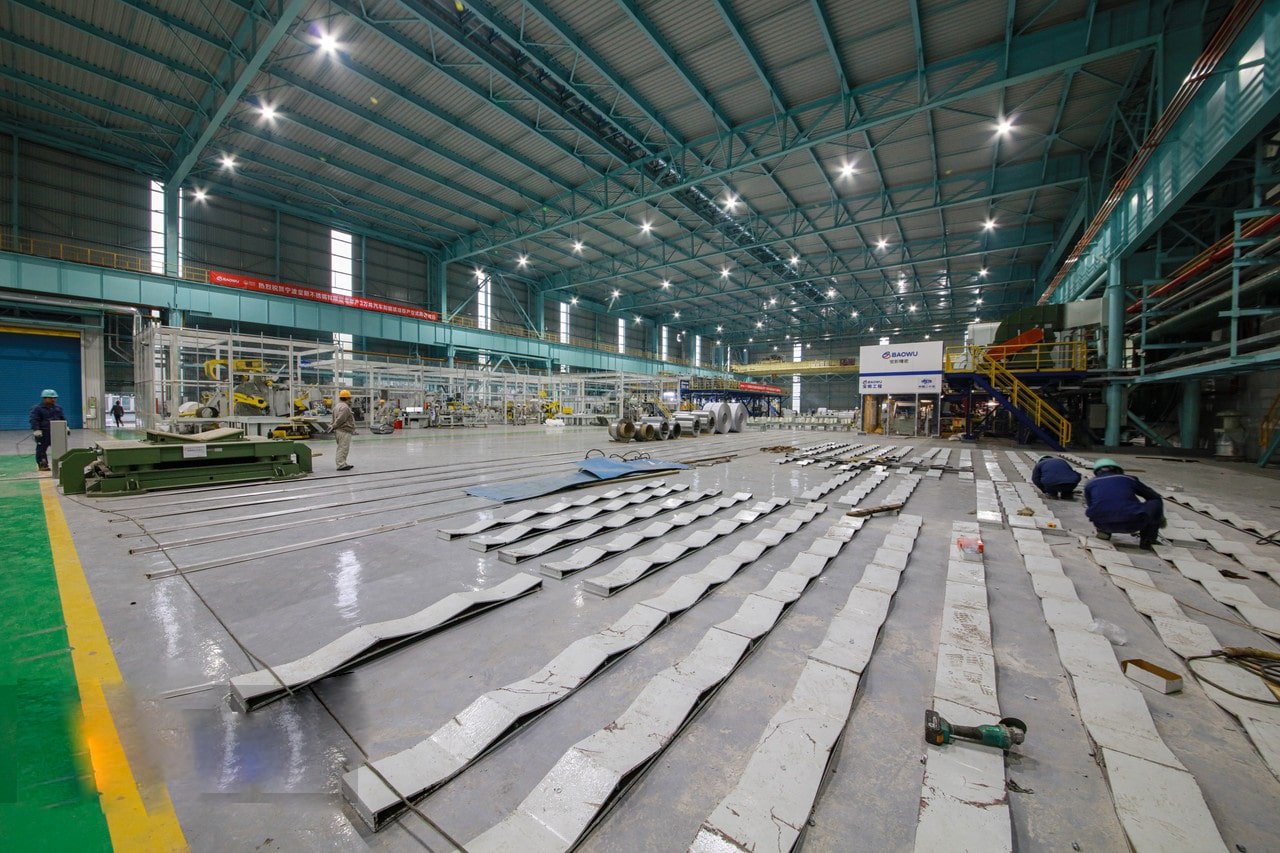
Temperature Performance Analysis
| Temperature Range (°F) | Low Nickel (0-2%) | Medium Nickel (8-10%) | High Nickel (>10%) |
|---|---|---|---|
| Room Temp - 800 | Moderate | Excellent | Superior |
| 800 - 1600 | Not Recommended | Good | Excellent |
Mechanical Property Enhancement
Through our quality control testing, we've documented significant improvements in mechanical properties. The 316 grade2 with 10-14% nickel consistently shows 17% higher yield strength, 13% better tensile strength, and 18% improved impact resistance compared to lower nickel grades.
Industrial Application Benefits
In real-world applications, we've observed:
- Power Generation: Extended service life at high temperatures, with some installations lasting 15+ years
- Chemical Processing: Superior creep resistance at elevated temperatures
- Oil & Gas: Maintained structural integrity under extreme pressure and temperature cycling
- Manufacturing: Reduced maintenance costs and downtime
Why Is Nickel Essential in Austenitic Stainless Steel Pipes (e.g., 304 and 316)?
Working with global manufacturers, I've seen firsthand how nickel's role in austenitic stainless steel creates unmatched versatility and reliability.
Nickel is fundamental in austenitic stainless steel pipes as it maintains the face-centered cubic crystal structure, providing optimal combination of strength, ductility, and corrosion resistance across diverse applications.
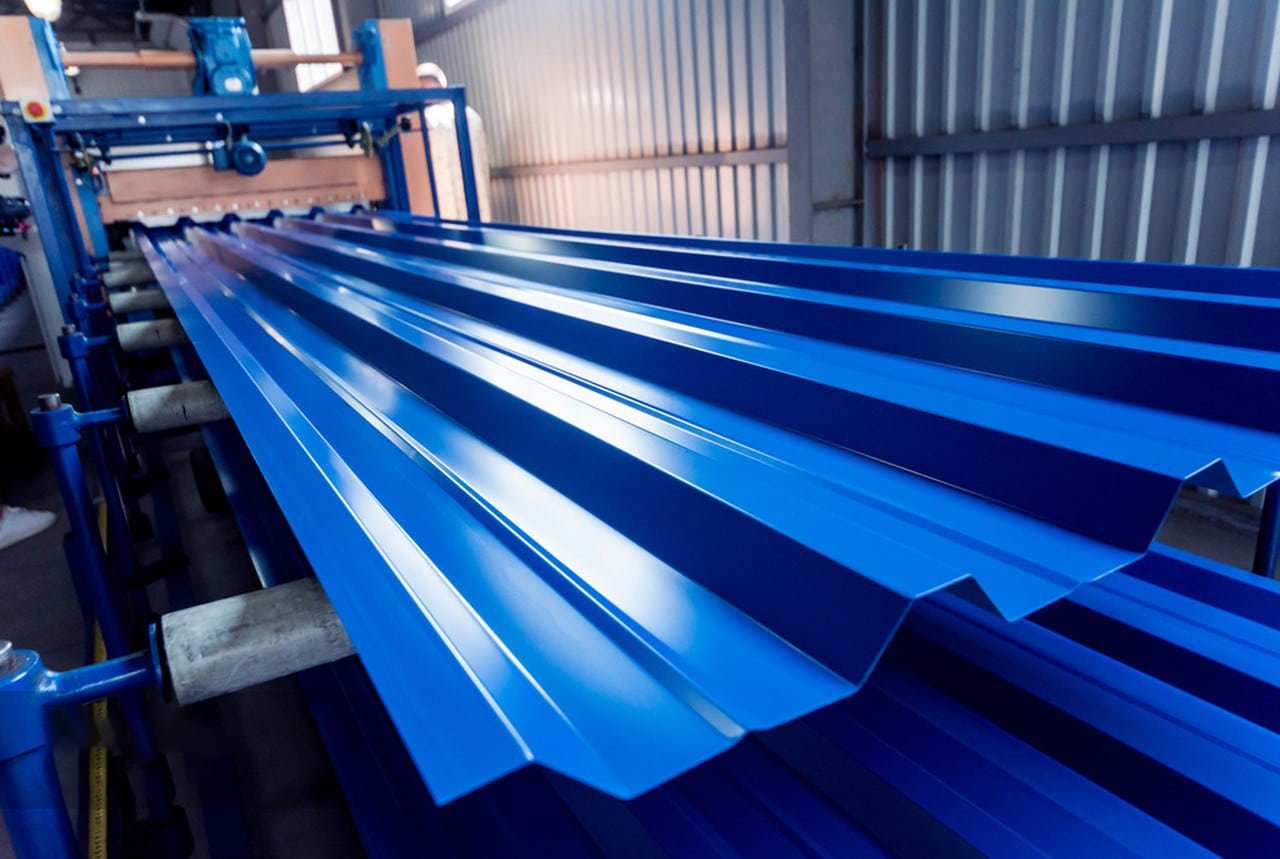
Structural Stability Analysis
Our metallurgical studies have consistently shown that nickel content above 8% ensures:
- Complete austenitic structure stability
- Non-magnetic properties essential for specific applications
- Superior weldability with minimal risk of heat-affected zone issues
- Enhanced resistance to stress corrosion cracking
Performance Comparison
Based on our extensive field experience, different grades serve distinct purposes:
- 304 (8-10.5% Ni)3: Ideal for food processing and general chemical handling
- 316 (10-14% Ni)4: Perfect for marine and pharmaceutical applications
- 317 (13-15% Ni)5: Best suited for severe chemical environments
Cost-Value Analysis
While higher nickel content increases initial investment, our data shows reduced lifetime costs through:
- Decreased maintenance requirements
- Extended service life
- Improved reliability
- Reduced replacement frequency
How Does Nickel Content Influence the Cost and Performance of Stainless Steel Pipes?
Through years of supplying various grades of stainless steel, I've developed a deep understanding of the cost-performance relationship with nickel content.
While nickel typically represents 15-25% of stainless steel pipe costs, its content directly correlates with performance benefits, offering up to 300% longer service life in demanding applications.
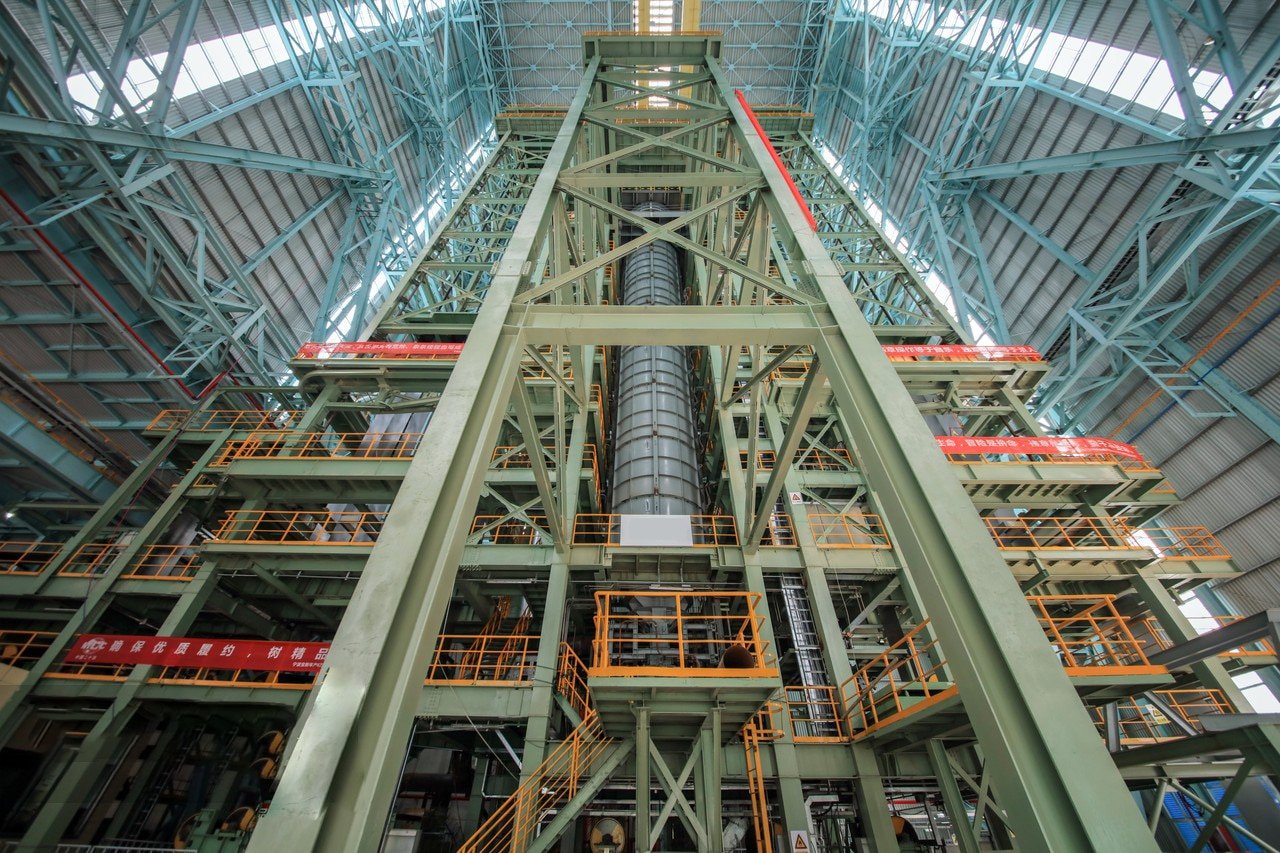
Cost Impact Analysis
Our market analysis reveals that while initial costs increase with nickel content, the long-term benefits often justify the investment:
- Low nickel grades (0-2%): Lowest initial cost but higher maintenance requirements
- Medium nickel grades (8-10%): Balanced cost-performance ratio
- High nickel grades (10-14%): Premium price but lowest lifetime cost
Lifecycle Cost Considerations
From our customer feedback and market studies:
- Chemical Processing6: 316 grade provides 3x longer service life despite 50% higher initial cost
- Food Industry7: 304 grade offers optimal cost-performance ratio
- Marine Applications8: Higher nickel grades show 5x better durability, justifying the premium price
Application-Specific Value
Our experience shows that selecting the right nickel content is crucial for:
- Minimizing maintenance costs
- Reducing unexpected failures
- Optimizing replacement schedules
- Ensuring compliance with industry standards
Conclusion
From my extensive experience in stainless steel manufacturing, nickel proves to be the crucial element that determines pipe performance, durability, and cost-effectiveness across diverse industrial applications.
-
Understand the longevity and resistance of 316L pipes in aggressive environments ↩
-
Learn about the mechanical advantages of 316 stainless steel ↩
-
Explore the sanitary and chemical resistance properties of 304 steel ↩
-
Discover the corrosion resistance benefits of 316 steel ↩
-
Understand the extreme resistance features of 317 steel ↩
-
Assess the lifecycle and durability of 316 steel ↩
-
Evaluate the economic benefits of using 304 steel ↩
-
Gain insights into the durability of nickel-rich steels in marine settings ↩

